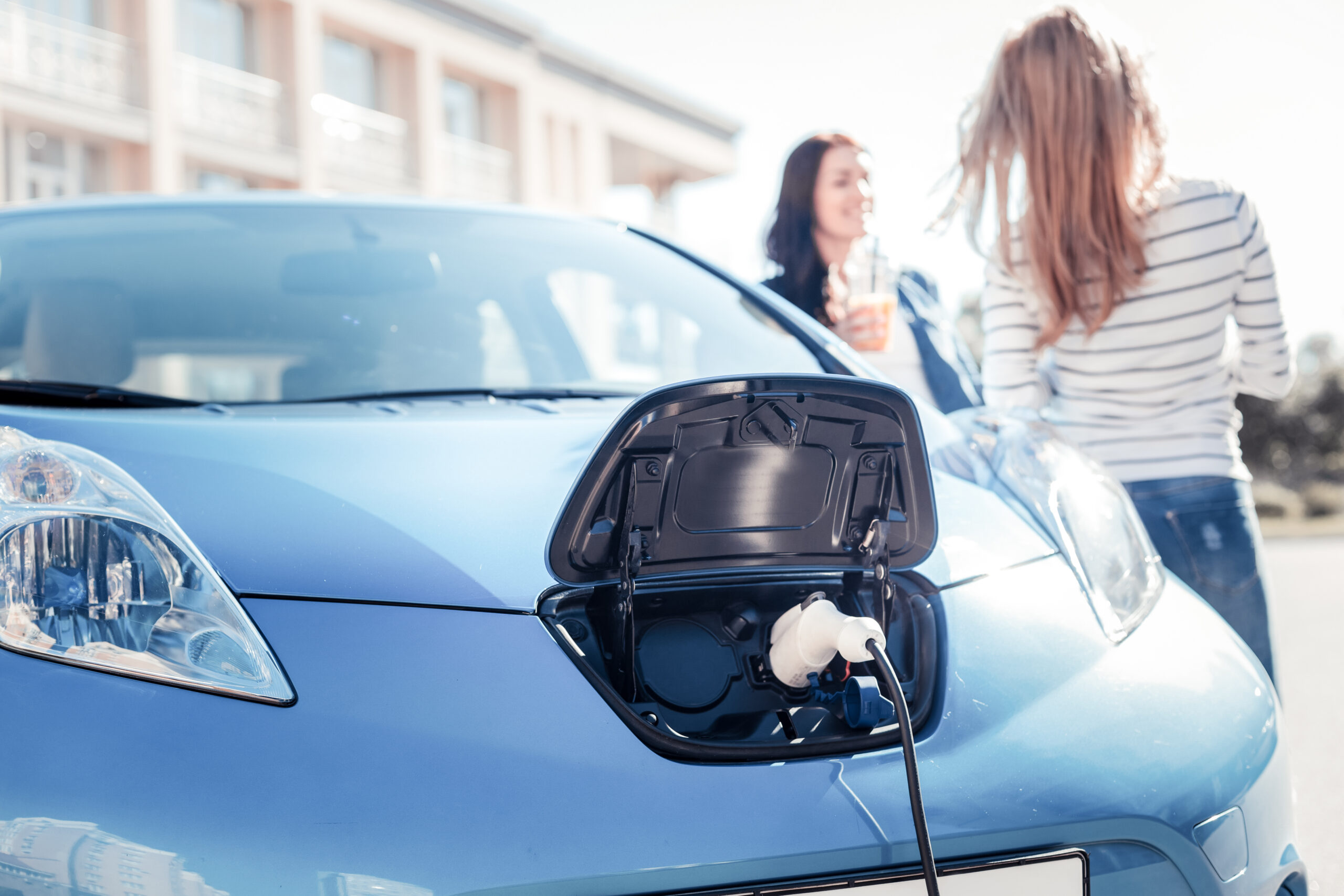The Future of Public EV Charging: A Look at Emerging Innovations

The electric vehicle (EV) market is experiencing a remarkable surge in demand, prompting a significant evolution in public EV charging infrastructure. As reported by the International Energy Agency (IEA), the end of 2022 saw a global tally of approximately 2.7 million public charging points, with over 900,000 of these installed in that year alone. This number is projected to expand by over 40% by the conclusion of 2023.While home charging currently satisfies a major portion of the charging demand, the necessity for publicly accessible chargers is escalating to ensure convenience and accessibility comparable to traditional vehicle refueling. This need is particularly acute in densely populated urban areas where home charging options are often limited. Public charging infrastructure thus emerges as a pivotal factor in fostering wider EV adoption.
A significant development in the public EV charging sphere is the increasing prevalence of fast and ultra-fast charging solutions. These public chargers, especially those situated along major highways, are instrumental in facilitating longer journeys and mitigating range anxiety, which is a notable impediment to EV adoption. By the end of 2023, fast chargers are estimated to reach around 4.7 million units, marking an increase of over 60% from the previous year. The advancement of ultra-fast charging technologies brings its own set of challenges, particularly concerning the electrical grid infrastructure. Intense EV charging activity during peak periods can strain local transformers, necessitating grid enhancements to augment power capacity.
Innovative technologies designed to enhance the EV charging experience such as: incorporating stationary storage, harnessing local renewable energy sources, and implementing smart charging systems, effectively reduce infrastructure expenses associated with grid upgrades. Let’s delve deeper into some of these technologies:
Smart EV Charging
Smart charging is revolutionizing how we manage EV charging. By intelligently controlling the charging process, smart EV charging systems can optimize energy use, reduce costs, and minimize the impact on the power grid. These systems can adjust the charging speed based on the grid’s capacity and the car’s needs, ensuring efficient energy distribution.
Plug & Charge Technology
The introduction of plug & charge technology, based on ISO 15118 standards, is a game-changer. This technology enables a seamless charging experience. When you plug in your EV, the charger and vehicle communicate automatically to authenticate and initiate charging, simplifying the process and enhancing user convenience.
Transition to OCPP 2.0.1
The Open Charge Point Protocol (OCPP) 2.0.1 is the latest version of the protocol that defines communication between EV charging stations and a central management system. This transition is crucial as it supports improved features like enhanced security, better data collection, and more efficient management of charging networks.
Vehicle-to-Grid (V2G) Technology
V2G technology is another frontier in EV charging, allowing EVs to not only draw power from the grid but also supply energy back to it. This bidirectional flow of energy can help stabilize the grid during peak demand and store excess renewable energy, turning EVs into mobile power sources.
Wireless Charging
Wireless charging is emerging as a significant leap forward in EV technology. This method allows EVs to be charged without the need for physical connectors or cables. By using electromagnetic fields to transfer energy between two objects, wireless charging provides a convenient and seamless way to charge electric vehicles. This technology is not only more user-friendly but also reduces wear and tear on physical charging ports. As wireless charging infrastructure develops, it could lead to more widespread adoption of EVs due to the ease and convenience it offers.
Innovative Business Models
We are witnessing the emergence of novel business models in EV charging, such as charging as a service, and eRoaming. Charging as a service simplifies the charging experience by offering it as a subscription or pay-per-use service. eRoaming allows EV drivers to use multiple charging networks with a single subscription, like mobile phone roaming.
Power Boosters
A notable area of innovation in EV charging infrastructure is the development of power boosters. These are designed to enhance the efficiency and speed of charging, and they come in two main types: battery-based power boosters and flywheel-based power boosters.
Battery-based power boosters store electricity in large chemical batteries, which can be discharged rapidly to provide quick charging. On the other hand, flywheel-based power boosters utilize a different approach. They store kinetic energy in a rotating flywheel which can be converted into electrical energy on demand. This technology offers rapid charging and release, circumventing grid limitations and minimizing the need for costly infrastructure upgrades.
Conclusion
The landscape of public EV charging is witnessing an exciting array of innovations aimed at improving efficiency, convenience, and sustainability. From smart charging systems and wireless charging technology to advanced power boosters, these advancements are setting the stage for a more integrated and user-friendly EV charging experience. As these technologies continue to evolve and mature, they promise to play a pivotal role in accelerating the adoption of electric vehicles worldwide, heralding a new era in sustainable transportation.
